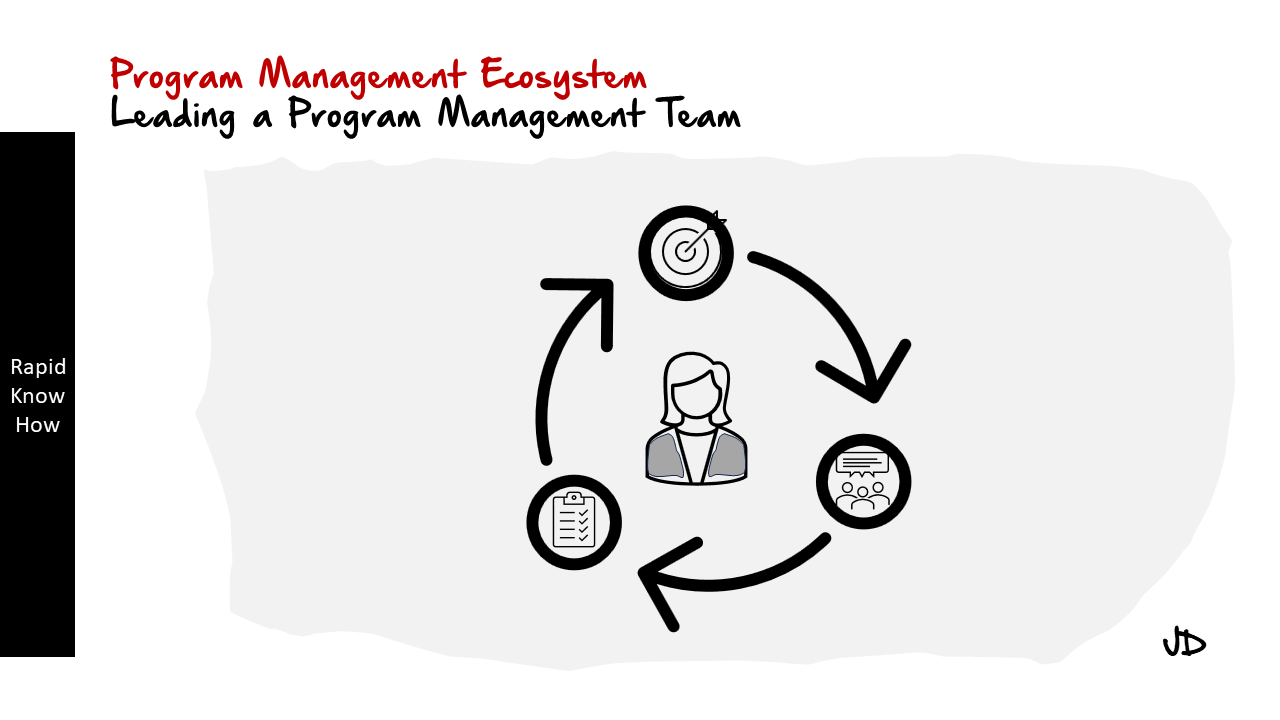Cracking the Program Management Ecosystem Code
The Program Management Ecosystem is a complex, interconnected network of processes, tools, methodologies, and stakeholders that work in harmony to ensure the successful execution of a program. It’s a dynamic system that requires careful planning, strategic thinking, and effective communication to function optimally.
Understanding how to navigate this ecosystem is crucial for any program manager aiming to deliver successful outcomes consistently. So, how do you crack the code? Let’s delve into it.
Designing a Best-in-Class Program Management Ecosystem
A best-in-class Program Management Ecosystem is designed with a clear focus on aligning all elements towards the achievement of the program’s objectives. It’s not just about having the right tools or methodologies in place; it’s about creating an environment where every component works together seamlessly.
1. **Strategic Alignment:** The first step in designing an effective ecosystem is ensuring that all program activities are aligned with the organization’s strategic objectives. This involves understanding the organization’s vision, mission, and strategic goals and then translating these into actionable program objectives.
2. **Robust Methodologies:** The choice of methodologies can significantly impact the success of a program. Best-in-class ecosystems often employ proven methodologies like Agile, Lean, or Waterfall, depending on the nature of the program. These methodologies provide a structured approach to managing programs and help in mitigating risks.
3. **Effective Tools:** The right tools can make or break a program. From project management software to communication tools, every tool should be chosen with care to support the program’s needs effectively.
4. **Stakeholder Engagement:** Stakeholders play a crucial role in any program. A well-designed ecosystem ensures active stakeholder engagement through regular communication, transparent reporting, and inclusive decision-making processes.
5. **Continuous Improvement:** Lastly, a best-in-class ecosystem is never static; it continuously evolves based on feedback and lessons learned from past programs.
Strategic Advantage of a Best-in-Class Program Management Ecosystem
A well-designed Program Management Ecosystem offers several strategic advantages:
1. **Improved Efficiency:** With all elements working together seamlessly, programs can be executed more efficiently, saving time and resources.
2. **Enhanced Communication:** A robust ecosystem facilitates better communication among team members and stakeholders, leading to improved collaboration and decision-making.
3. **Risk Mitigation:** By employing proven methodologies and tools, risks can be identified early and mitigated effectively.
4. **Better Alignment with Strategic Goals:** A well-aligned ecosystem ensures that all program activities contribute towards achieving the organization’s strategic objectives.
5. **Increased Stakeholder Satisfaction:** With transparent reporting and active stakeholder engagement, satisfaction levels among stakeholders are likely to be high.
In conclusion, cracking the Program Management Ecosystem code involves understanding how each component interacts with others within the system and aligning them towards achieving common goals. It requires strategic thinking, careful planning, effective communication skills, and an unwavering commitment to continuous improvement.
